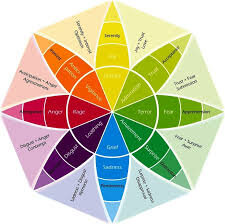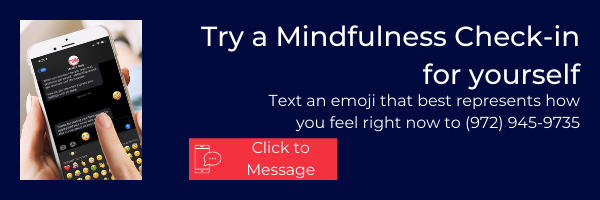Flux: Moving from One Emotional State to Another
When we think of intelligence, we tend to picture things like acing a math test or solving a Rubik’s cube - finding solutions to concrete problems. When it comes to identifying emotional intelligence, things can get messy. Emotions are…complicated. If mental intelligence is buttered noodles, emotional intelligence is a Spanish paella: there are dozens of ingredients and flavor combinations that it can easily become overwhelming. Just as we can experience multiple flavors, sometimes we feel multiple emotions at the same time.
For instance, right before making a presentation before a large audience, we might feel nervous and excited, scared and thrilled. We can experience both positive and negative feelings at the same time, and it can become very easy to feel confused and overwhelmed.
Sometimes we’ll be feeling very positive, but seemingly out of nowhere, our emotions may shift negatively. Perhaps you’re at a backyard cookout, having a good time. But then you find yourself struggling to think of something interesting to say and begin to feel uncomfortable and locked in your head. Soon you start to spiral and begin feeling social anxiety. This shift from general positive emotions to negative ones is called flux, and it can sometimes be difficult to control.
So what do we do when we feel overwhelmed with dueling feelings, or find ourselves sliding into feelings we don’t want to feel right now? Just like with an elaborate meal, take time to savor and identify everything you are experiencing. Pause; take at least six seconds to recognize and name what emotions you are currently experiencing; once you can identify what you are feeling it will become easier to manage your feelings and find what you need.
Plutchik’s Wheel of Emotions is a useful tool used for identifying what emotion we are feeling and what we can do to regulate it. When we find ourselves experiencing flux, it can help us to listen to our body and find out what it is telling us we need. Perhaps it is telling us that we should leave the party, and that is okay. Give yourself permission to do whatever reasonable step your body is telling you that you need to take. Pausing for a minimum of six seconds to identify what emotions we are feeling is a great way to prevent oneself from taking an action they will later regret.
Being generally optimistic is also helpful in regulating one’s emotions. Several studies, including one conducted by Tina, have found a correlation between a person’s level of optimism and their ability to distinguish multiple emotions at once. Perhaps the ability to find hope helps remind us when we are feeling low that this too shall pass. Being hopeful allows us to better relate to ourselves, and to others as well. If you ever find yourself being completely unable to find any optimism, or are experiencing a sense of hopelessness, this is your body giving a warning sign that you should reach out for help right away. The NAMI Helpline is a free, completely confidential service offering help and counseling and can be reached at 1-800-950-2664 Monday through Friday, or you can text NAMI to 741741 at any time during emergency crises. Emotional intelligence isn’t nearly as simple as solving a Rubik’s cube, the pieces are constantly shifting and sometimes without our control. While managing our feelings can be difficult and occasionally overwhelming, remember that there is always help!
You can listen to and follow Feelings Matter on:



